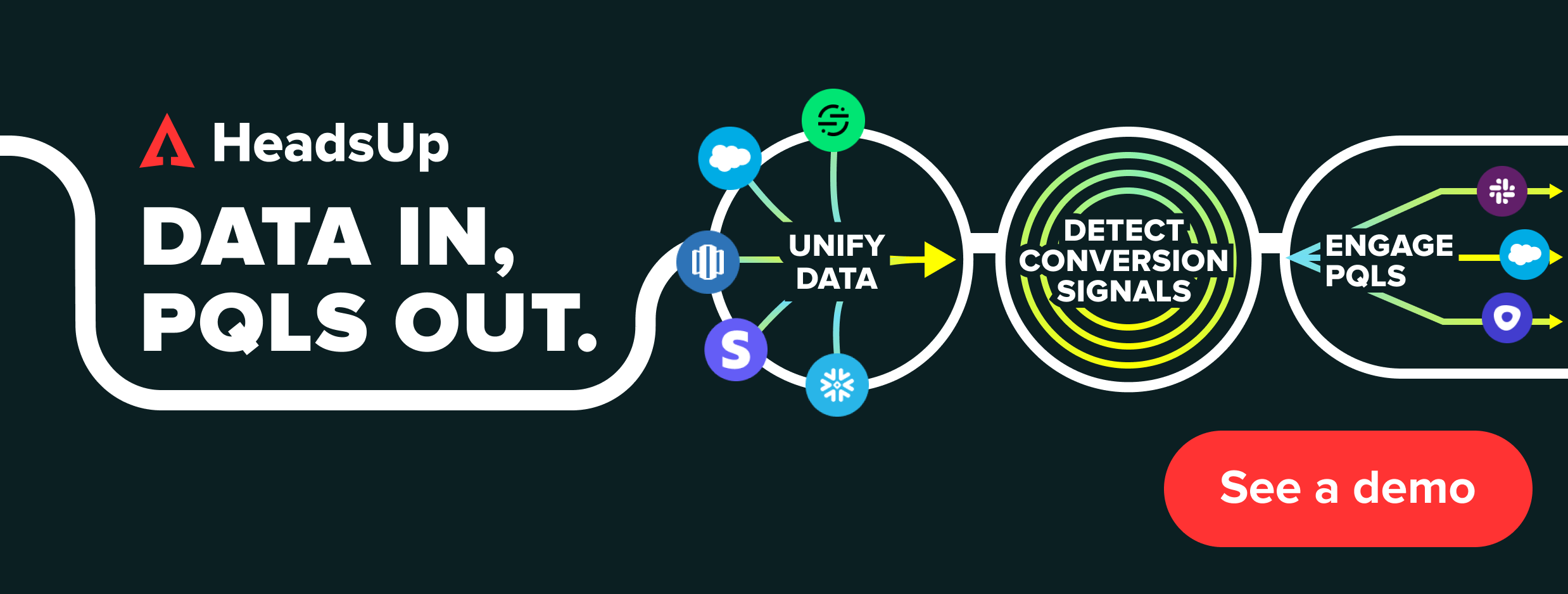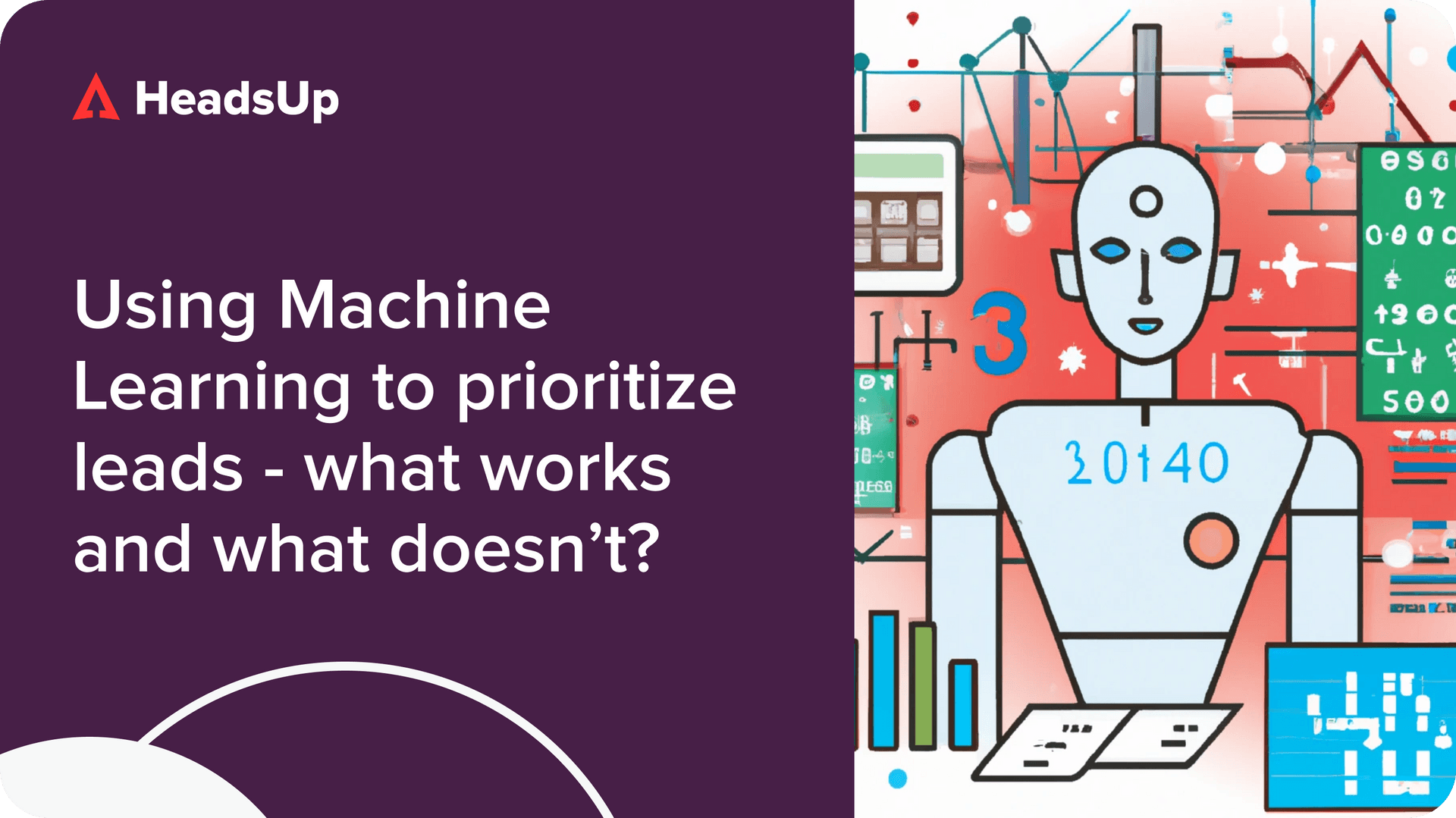James knew that something wasn’t working in his team.
As a VP of sales of a Series C startup, and a former AE and BDR, James understood that the most powerful thing in a seller’s arsenal is their time.
Yet, his reps were spending so much of it on different dashboards and internal tools.
They were using the tools to understand how prospects were using their product. These tools should help them prioritize the right accounts to sell to and figure out how to make the sale.
But the data was sprawled across so many windows. And reps were expected to interpret the data and draw conclusions themselves.
In fact, many reps had given up on it. They would rather fly blind and sell without the help of data.
The problem
Whether it’s an internal dashboard or an off-the-shelf product, many SaaS sales teams are trying to provide reps with a tool to help them see product usage and other customer data.
The promise of these tools are many:
- Reps can choose the best accounts to engage based on usage
- They can reach out to the high-intent users to convert them from free-to-paid, or upsell and cross-sell them
- Reps can customize their emails and the demo itself based on how each user is interacting with the product
The problem is, that most of these dashboards look like this:
Ok – they’re not all that bad, but having seen dozens of internal dashboards built for SaaS sales teams – this isn’t so far off.
Even when the dashboards appear neat, reps still struggle to use them.
Why?
Because these tools are built for an analyst. They show reps many scores, activity trendlines, and usage data for each account. They expect the reps to know what to look out for. Reps are also expected to do their own analysis and come to their own conclusion about who/how to engage.
The superpower of a seller is their customer empathy and ability to sell your product. A seller shouldn’t be spending their time on data analysis.
The solution? A more prescriptive tool.
“When I wake up in the morning, I want to see which accounts I should work on at a glance. I want to just pick the first one and start strategizing,” said Sonia, an AE at a logistics SaaS company.
“I also only want to see the data points that matter. It shouldn’t be up to every rep to decide what data they need – that’s too haphazard!”
It might sound like a tool that tells you exactly which accounts to focus on is too blunt and restrictive, but it’s the opposite. Prescriptive tools give your sellers more freedom.
It saves them the mental calories of scrutinizing the data and comparing between accounts. Instead, they are using their time to think about the one account they are laser-focused on.
That is why at HeadsUp, we’ve strived to build a tool that saves reps time and effort. Your dashboard shouldn’t exhaust a rep before they even start working on the sale.
Here’s how:
- HeadsUp clearly prioritizes all accounts based on a single conversion score.
- The indicators that affect the score are suggested by our proprietary ML, based on historical conversions. Sales leaders or the ops team can still manually iterate these signals. However, individual reps are saved from such analysis.
- Reps can see the essential context on each account, such as who are the key users and what are the recent in-product interactions. Crucially, the ML-powered list view only surfaces data that moves the needle on conversion. They can do so in both the list view and within the CRM. Reps can then use this context to strategize their approach.
When reps win, everyone wins
“It’s not just about saving time for each individual rep”, one of HeadsUp’s customers reminded us.
“The time spent on closing revenue instead of prioritization is one thing. But beyond that, it’s also been so much easier to train and convince everyone to use the tool.”
With a more prescriptive dashboard, your sales team benefits across the board:
- Reps close more revenue at a faster clip. Reps can rapidly prioritize which account to engage and only see the useful data — no more distractions and guesswork.
- Save time on training and onboarding. It’s a massive headache for sales leaders and ops teams when changing the workflow of their reps. A clear dashboard that tells reps precisely what they need minimizes the effort needed for change management.
- Scaling the team is more effortless. New reps benefit from a workflow that doesn’t need them to climb the steep learning curve of interpreting data across multiple tools. Fast-growing sales teams often have an average tenure of <1 year.
Care to learn more about how you can arm your sales team with data while saving time? Learn more about our CRM extension. Or skip the reading and jump straight to a chat with us!



